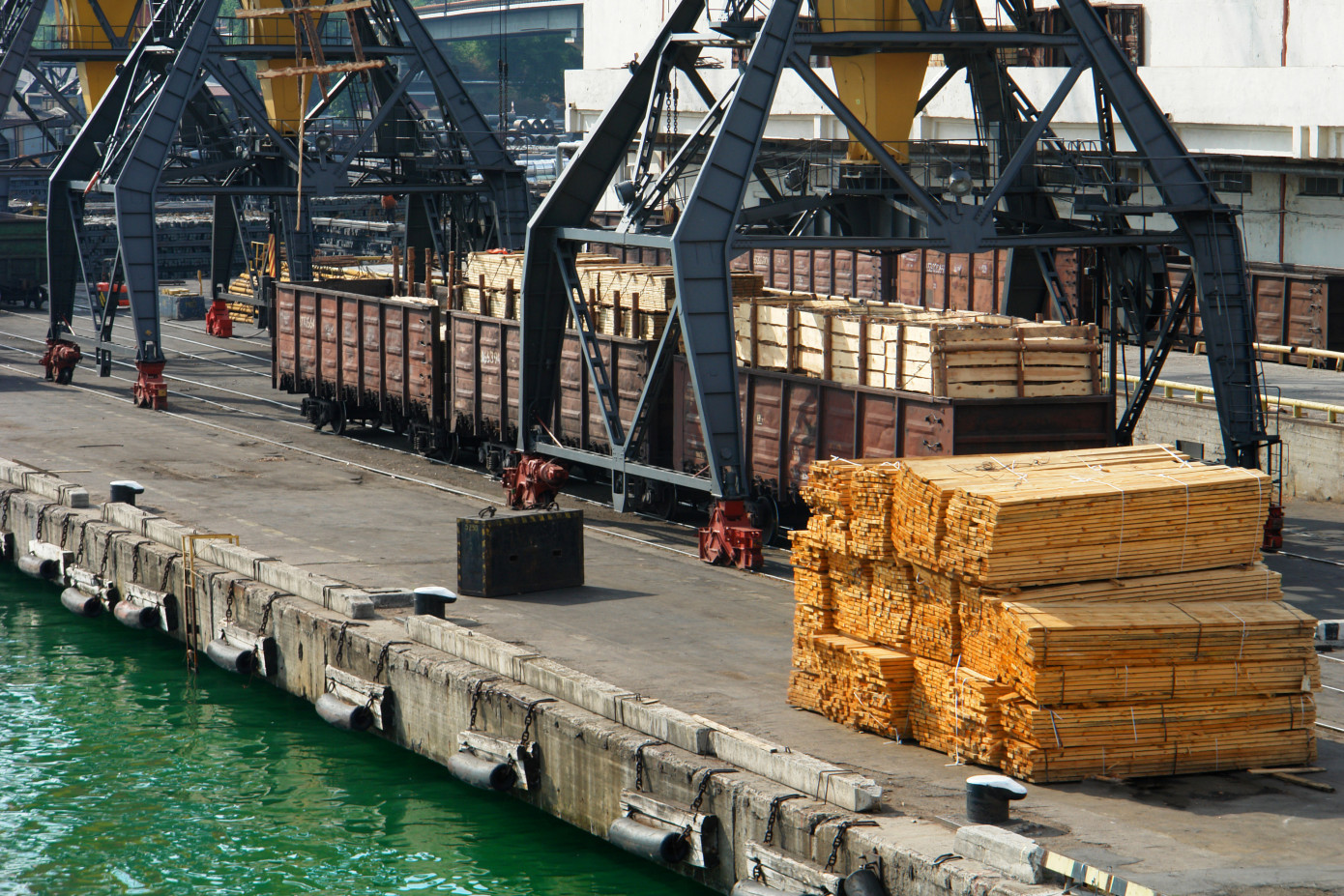
The annual change rate per year estimated over 25 years (from 1990–2015) is 0.3% ( FAO, 2015), indicating some increase in forest land area as a result of plantation development in forest and non-forest lands. The Western part of Ghana has the highest stock of natural bamboo reserves estimated to be over 60% ( Kuudaar, 2016). The country is endowed with bamboo also, which grows naturally in the wild.

Around 9.0 million hectares are primary or otherwise naturally regenerated forest with major tree species of ceiba, bamboo, rosewood, Gmelina, etc., and around 325000 hectares are planted forest with over 70% consisting of Tectona grandis (teak) ( Forestry Commission, 2016a). Introduction 1.1 Forest resources in GhanaĪccording to the Food and Agricultural Organization (FAO), Ghana has around 9.3 million hectares of forested land in 2014, which constitutes 41.0% of the total land area ( FAO, 2015).
LUMBER EXPORTER FULL
The full terms of this licence may be seen at ġ. Anyone may reproduce, distribute, translate and create derivative works of this article (for both commercial and non-commercial purposes), subject to full attribution to the original publication and authors.

This article is published under the Creative Commons Attribution (CC BY 4.0) licence. Copyright © 2022, Gordon Pasiba Kombat and Xiaoqian Chen License


 0 kommentar(er)
0 kommentar(er)
